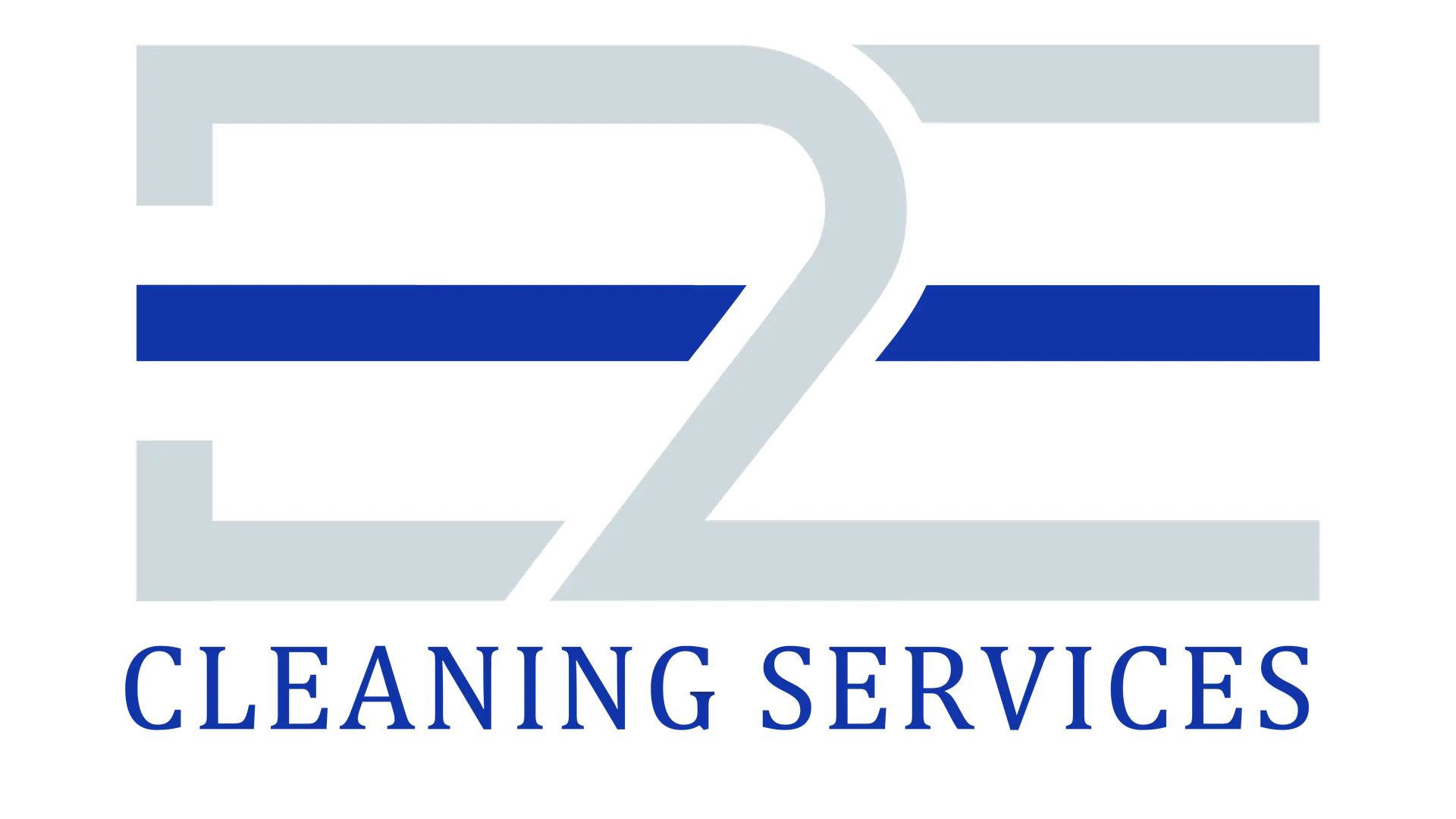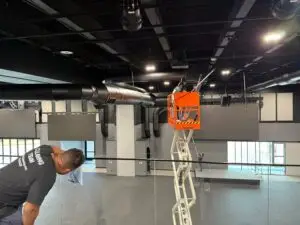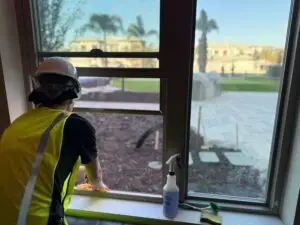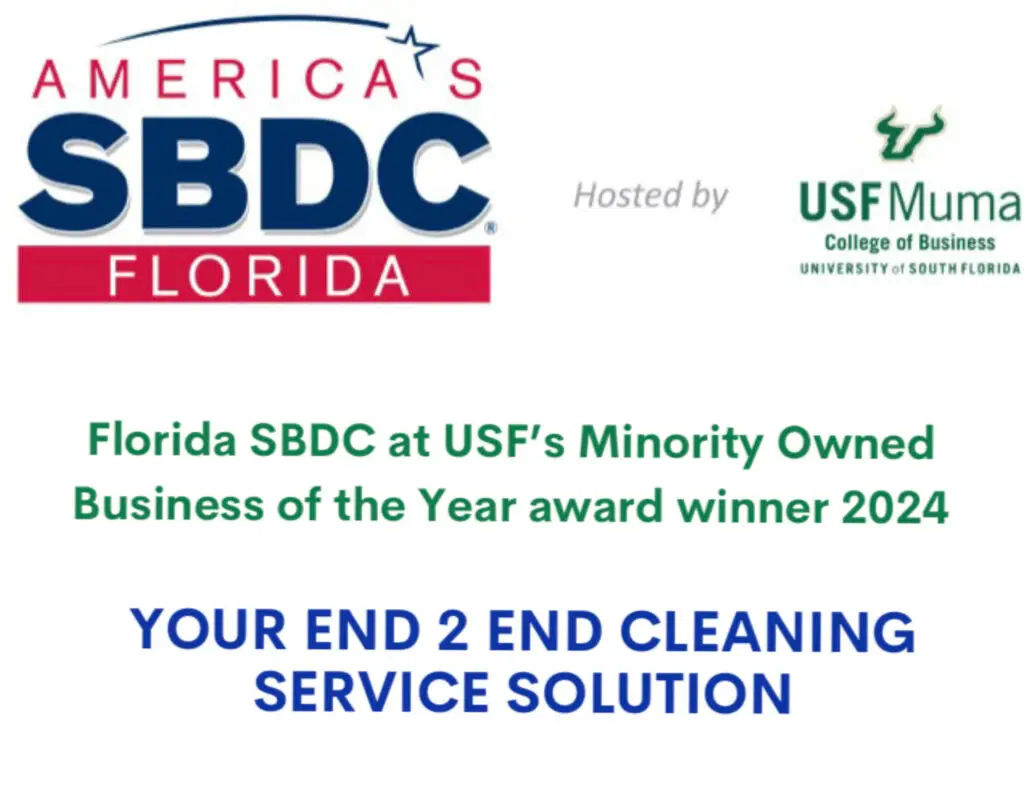This executive summary is a detailed guide on how commercial window cleaning affects energy efficiency in Florida’s commercial properties. We take a look at clean windows’ thermal performance, based on science; perform data driven ROI analysis; as well as specialized approaches for the warehouse and retail space, Florida’s special climate challenges, professional vs DIY cleaning methods, sustainable practices, and maintenance schedules that optimize energy savings.
The Science of Clean Windows and Energy Performance
Window cleanliness is much more than aesthetics: it has a direct relationship to building energy efficiency. Florida’s commercial properties are faced with unique challenges that are directly related to the state’s climate conditions and how they affect window performance and energy consumption. With this understanding the facility managers are able to minimize operation costs.
Thermal performance is maximized when natural light is maximized, which is done through clean windows. As windows become dirty, covered with salt residue and environmental pollutants, they act as a barrier to solar energy entering the building.
It has been found that dirty windows can decrease the penetration of natural light by up to 40%, which imposes greater dependence on artificial lighting system. Higher energy bills also are the effect of higher electricity usage, because lighting in Florida’s commercial sector represents about 17–20% of total energy use.
However, when taking Florida’s climate conditions into account, the relationship becomes more complex. While clear windows can’t distinguish between visible light and unwanted heat, during the summer months when temperatures climb above 90°F with high humidity, clean windows with the right solar control coatings lead to reflections of unwanted heat and allow entry to visible light.
But when windows are dirty, such specially designed coatings are rendered ineffective, and HVAC systems have to work harder. The Building Efficiency Research Institute studies conducted on well maintained windows shows that their reduced cooling costs by up to 20% in commercial buildings in hot and humid climates like Florida is..
In addition to quickly accumulating residue caused by salt air exposure, Florida’s coastal properties endure window seals that are being eaten away by the salt air. It reduces visual clarity and also acts to create microscopic gaps between panes that allow conditioned air to escape and hot, humid air to infiltrate. Minor seal failures can increase energy consumption by 5 to 10 percent in commercial HVAC systems, as per ASHRAE standards.
But considering Florida’s hurricane season makes the science all the more relevant. Well maintained, clean windows give you better visual inspection opportunities to identify potential structural weaknesses before storm events. Moreover, frequent professional cleaning gives an opportunity to maintain the integrity of impact resistant window technologies and sealants, assisting in keeping commercial properties sheltered from severe weather.
The impact is even greater for warehouse facilities with large skylights. Opaque films of industrial dust, exhaust particles and other airborne contaminants greatly reduce daylighting potential. In warehouse environments for example, clean skylights can reduce daytime lighting requirements by up to 70%, which is a significant energy saving for large foot printed commercial properties.
Quantifying Energy Savings Through Clean Windows
These days, facility managers and property owners are increasingly demanding quantifiable returns on investment of maintenance. In Florida, when it comes to commercial window cleaning, the energy savings data is very compelling for regular maintenance programs that are specific to property types and locations.
Typical Florida commercial buildings spend roughly 65 – 70% of their energy use on lighting and HVAC. Directly, clean windows optimize natural light penetration, and will contribute to the improvement of thermal performance of building systems. Energy audits performed at Orlando, Tampa and Miami commercial property show that buildings maintaining a quarterly window cleaning program on average reduced energy consumption by 5–8% as opposed to properties on an irregular maintenance schedule.
The savings are even greater for warehouse facilities because of the large number of window and skylight surfaces. A 100,000 square feet warehouse in Jacksonville was able to document 14 percent reduction in lighting cost after implementing comprehensive skylight cleaning program. When accounting for savings from optimized solar heat gain for reduction of HVAC load, the total savings exceeded $42,000 annually, or a 415% return on investment vs. cleaning services only.
Several Florida specific variables must be factored in when calculating the ROI.
- Baseline energy: Current lighting and HVAC costs are established as baseline energy consumption before a cleaning program is implemented.
- Property location factors: Coastal properties (Miami, Tampa) will typically need to be cleaned more often than inland counties (Orlando, Gainesville) because of its exposure to salty air.
- Window-to-wall ratio: Generally, building with higher glass percentage achieve more energy savings from cleaning programs.
- Seasonal Adjustments: Energy savings are generally highest in Florida’s summer months when cooling demands are highest.
Commercial property management firms throughout Florida provided financial analysis that shows window cleaning services average $0.12-0.30 per square foot, based on building height, accessibility and cleaning frequency.
Consequently, when the investment of approximately $24,000 (2004) for quarterly cleaning was made on a 50,000-square-foot retail complex in Tampa, additional documented energy savings were $57,000—137% return before considering other benefits such as longer lifespan of windows and improved aesthetics.
In the case of retail, it has even stronger financial case. Standardized cleaning protocols were implemented and energy consumption was monitored before and after treatment in a major retail chain with 12 locations throughout Florida. Across the study group of stores, comprehensive window cleaning reduced summer HVAC costs an average of 11 percent or an average of 3.2 months payback on cleaning investments.
Clean windows also increase the operational lifespan of glass surfaces and specialized coatings beyond direct energy savings. According to industry studies, regular professional cleaning can lengthen the lifespan of windows by 30 to 40 percent, helping to avoid an ultimate replacement of commercial installations costing $25 to $35 per square foot in Florida markets.
Learn more about our Professional Window Cleaning Protocols. Click Here
Warehouse and Industrial Facility Window Cleaning Strategies
Window maintenance in warehouses presents a unique opportunity and challenge for energy savings. Because of their large size, high ceilings, special equipment requirements and unique operational constraints, warehouses require creative solutions to optimize window cleaning and related safety, labor savings and thermal performance.
Skylights and clerestory windows are the predominant window surfaces in warehouses and are critical to daylighting strategies, but they are difficult to clean. Such elevated surfaces tend to be inaccessible, collect heavy industrial particulates, and present hazards to maintainers entering into the area. Industry safety records show falls from height are the main source of severe injuries suffered by workers in commercial cleaning operations while working in warehouse operations requires professional expertise.
The cleaning protocol for Florida warehouses must consider the following:
Dirt accumulation is accelerated in industrial facilities operating in Florida’s manufacturing corridors (Tampa Bay, Jacksonville, Central Florida) due to both internal operations and external environmental factors. For example, effective cleaning schedules must take into account particular operational conditions, represented by the specific manufacturing facility with airborne particulates that means a facility where manufacturing is being done has airborne particulates and needs to be cleaned more often than one used for storing. These schedules can be optimized by the use of environmental monitoring, with particulate sensors being deployed more often to trigger cleaning interventions on a condition based basis as opposed to calendar based basis.
Therefore, safe and efficient access strategies for high warehouse windows are required.
A efficiency approach includes:
- Aerial work platforms: Secure access can be achieved by means of boom and scissor lifts, but they require certified operators and free floor space, staging on the warehouse can become an operational issue.
- Drone-assisted inspection: Thermal imaging drones can identify places with compromised insulation, or excessive heat transfer before cleaning makes a commitment of resources, so the cleaning focuses on the specific places that need attention.
- Extension pole systems: Specialized carbon fiber poles, which enable purified water delivery systems to extend from 40 feet to 50 feet, can access the upper sections of towers without the need for elevated work platforms, thereby limiting the amount of time operations are halted.
- Robotic cleaning systems: Autonomous cleaning robots can be deployed during off-hours in such warehouses that have regular cleaning requirements to solve the safety risks and operational interruption problems of manual cleaning.
Another critical consideration for warehouse window cleaning is water management. Traditional cleaning methods using detergents must be conducted in a way that complies with Florida environmental regulations, such as in warehouses that store chemicals or materials that could contaminate runoff.
Modern purified water systems solve this problem by using deionized water that dries spot free, a real plus in Florida’s hard water areas, without chemical cleaners but with better results.
To achieve maximum energy efficiency, warehouse cleaning schedules should be scheduled to match seasonal energy demands. In Florida’s climate, pre-summer cleaning (April-May) maximizes heat reflection in the peak cooling months, and pre-winter cleaning (October-November) maximizes solar heat gain during the milder months when it can help offset heating requirements. A seasonal approach to cleaning generally results in as much as 15 – 20 % more energy savings than fixed intervals.
Retail and Commercial Storefront Maintenance Excellence
Energy efficient window cleaning in retail environments offers unique requirements which must fulfill customer experience and brand perception. Window maintenance is critical for Florida’s retail sector from the upscale shopping district in Naples and Palm Beach; regional malls to strip centers across the state since window maintenance saves on operational costs while opens revenue potential.
The retail window cleaning calculus extends beyond energy considerations to include:
- Customer perception metrics: Studies by the Retail Industry Leaders Association show that 68% of consumers judge store quality and cleanliness before ever entering the establishment. Clean, streak free windows imply a thorough attention to detail on which a purchase is based and brand perception built upon.
- Merchandise presentation: Florida’s abundant natural light gives way to growing opportunities and challenges for merchandise presentation. Optimal product presentation is achieved with clean windows without the glare, distortion or discoloration that dirty glass surfaces produce. For retailers who display such things as luxury goods, fashion, or color sensitive merchandise, this clarity directly impacts the conversion rate of products being sold.
- Staff productivity and morale: Studies indicates that retail staff working in naturally lit environment is 15–20 percent more productive than retail staff working in artificially lit environment.
Calculations for warehouse are different than retail spaces. Large format retailers can achieve similar HVAC savings as warehouse environments but smaller boutique retailers in Florida will find that window maintenance programs create the highest ROI through increased customer dwell time and higher per visit sales.
Specialized approaches are needed for storefront cleaning in Florida’s commercial districts:
In Florida, hard water spots and mineral deposits are particularly challenging because most water sources have high dissolved mineral content.
Professional cleaning protocols typically employ:
- Reverse osmosis and deionization equipment remove minerals that cause spotting.
- Diamond abrasion systems and restoration compounds are used to rehabilitate glass without replacement for surfaces with existing hard water damage.
- Hydrophobic coatings that are supplied after cleaning repel water and other contaminants, improving duration of cleaning effects by 200-300%.
Given the operations and customer traffic patterns, scheduling for the retail environments must be balanced. While most Florida retailers have cleaning programs that are performed after hours, seasonal businesses may modify their schedules to achieve peak cleanliness during peak traffic times, such as winter tourist season in coastal communities or back to school periods for retailers near educational institutions.
Additional technical considerations are present in the security features. Florida retailers often use security films, impact resistant glass, and special coatings, thus need cleaning products suitable for these products. Professional cleaning services keep compatibility charts current for cleaning compounds and specific retail glass applications that prevent damage to these critical security investments.
Because multi-tenant retail properties involve economies of scale in each coordinated maintenance program. Retail center property management companies throughout Florida report 15 to 25 percent cost savings when center wide cleaning contracts are implemented versus individual tenant arranged services and consistent results that improve the overall appearance of the property.
Sustainable Window Cleaning in the Florida Climate
In Florida, environmental sustainability is becoming more important in considerations for commercial cleaning operations. Being a state with a fragile ecosystem and strict environmental regulations, the window cleaning protocols must be effective yet ecofriendly.
Today, forward looking facility managers understand that environmentally responsible window cleaning provides not only the environmental benefits but also better operational results.
Florida’s climate conditions are unique: high humidity, lots of rain, intense UV exposure, and salt air from the coast, so it requires special sustainable cleaning approaches.
Commercial window cleaning has become a necessity to employ water conservation strategies, especially in Florida’s water management districts where usage is restricted.
Advanced cleaning systems employ:
- Pure water technology: Deionized water systems give clean, chemical free cleaning using 30-70% less water than conventional cleaning, where chemical concerns are eliminated as a result.
- Water reclamation systems: Vehicle mounted filtration units capture, filter and recycle the cleaning water and decreases consumption by up to 80% compared to conventional cleaning.
- Low-flow delivery systems: Microfiber applicators and controlled flow poles make a low flow delivery system that uses less water without any reduction in cleaning effectiveness.
These water conservation approaches are not only supportive of sustainability goals, but also meet municipal stormwater management regulations that limit chemical and wastewater discharges in many Florida jurisdictions.
However, traditional cleaning compounds are under intense scrutiny for their environmental impact, so in many cases, chemical selection considerations have evolved significantly.
Current best practices include:
- Plant based surfactants that break down, form an easy to use formulation that is free from staying power.
- Specialized for Florida’s largely alkaline water conditions, but also good as pH neutral compounds to minimize chemical usage, and maximize effectiveness.
- Non VOC—volatile organic compounds, formulations which enhance the air quality and scale down the smog creating emissions.
- Green Seal, EcoLogo and EPA Safer Choice are third party environmental claims certified products.
Sustainable cleaning has health implications for building occupants and cleaning staff. Ammonia based window cleaners are also fairly traditional and contribute to the indoor air quality issues and irritation with the respiratory tract.
These health impacts are reduced by sustainable alternatives, which also provide comparable or better cleaning results, especially in Florida’s sealed commercial environments where air can be recirculated and concentrate cleaning chemical residues.
In Florida, commercial buildings applying for LEED certification or recertification will receive extra points for documented sustainable cleaning protocols. Window cleaning programs have proven valuable within green building certification strategies across Miami, Orlando, and Tampa buildings, helping to increase property values while lowering vacancy rates.
Operational practices are also considered in terms of carbon footprint. Today, modern sustainable window cleaning programs optimize routes to reduce car miles driven, run service calls by auto electric or hybrid vehicles, and capture records digitally eliminating paper waste. Florida based commercial cleaning companies now offer carbon neutral window cleaning services by offsetting remaining emissions through verified carbon credit programs.
As technology has steadily advanced, the economic argument for sustainable window cleaning has grown stronger. While early sustainable cleaners were costly, today’s professional-grade sustainable products are only 5-10% more expensive than conventional cleaners and offer comparable labor efficiency. When considering reduced health impacts, simplified environmental compliance, and additional marketing advantages, the total cost of ownership often substantially favors sustainable approaches.
Conclusion
Florida’s commercial properties benefit from quantifiable energy efficiency from clean windows, especially for warehouses and retail environments. According to science, having a regularly scheduled window maintenance program provides thermal optimization within a facility or business while reducing HVAC strain, maximizing natural daylighting, all leading to substantial energy savings in Florida’s extreme climate.
Climate specific maintenance schedules should be implemented by facility managers based on the property type, location and operational requirements. Following the protocols and strategies that this guide outlines, commercial properties achieve both short term energy saving and long term sustainability benefits all while improving occupant experience and appearance of the property.
While considering window cleaning partners pick companies that have a good track record of commercial applications, have safety certifications and convey green practices of cleaning. Professional window maintenance always pays off in Florida’s commercial sector, paying dividends in terms of decreased energy costs, increased window life spans and improved building performance, all of which makes clean windows integral to the practice of good facility management.
